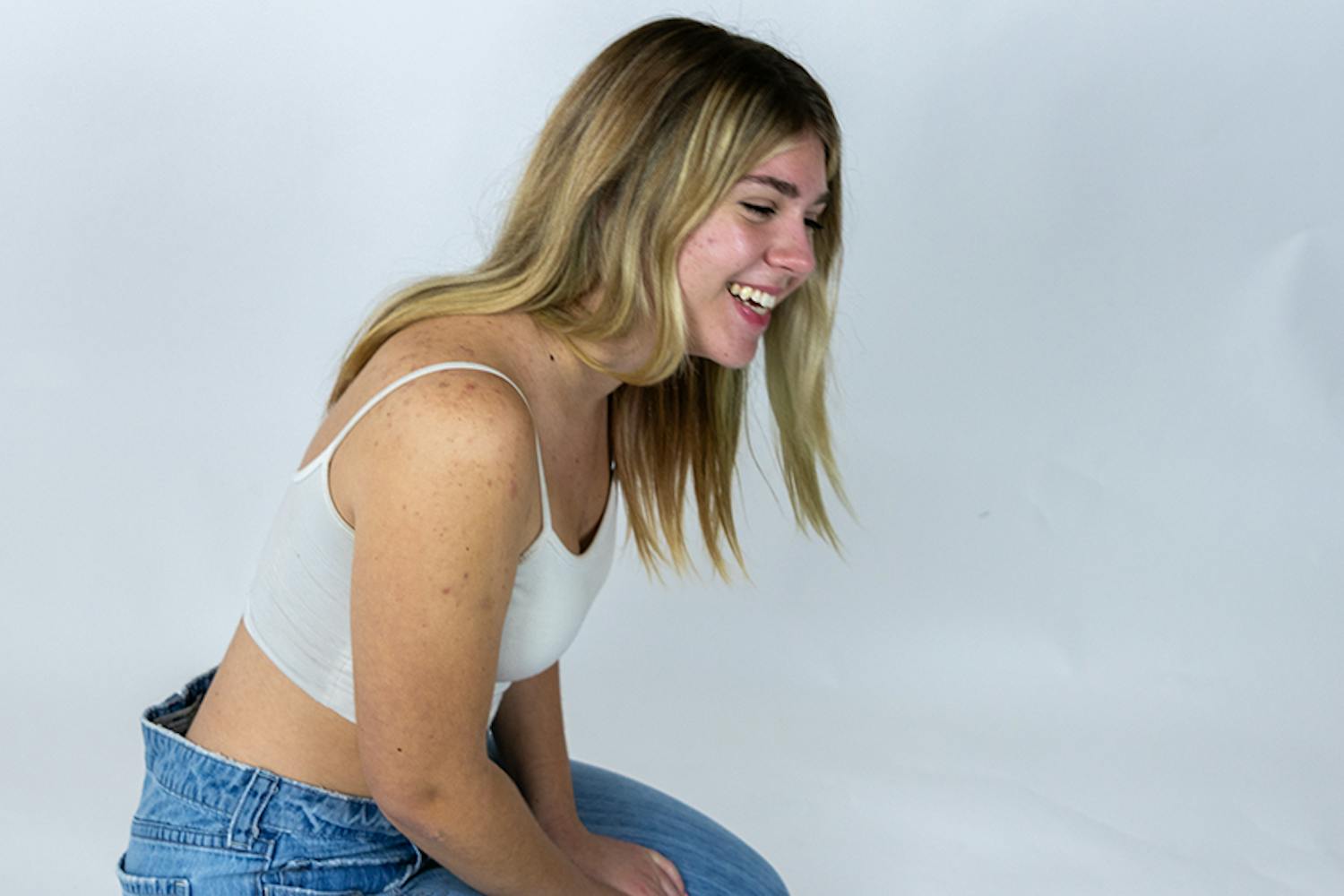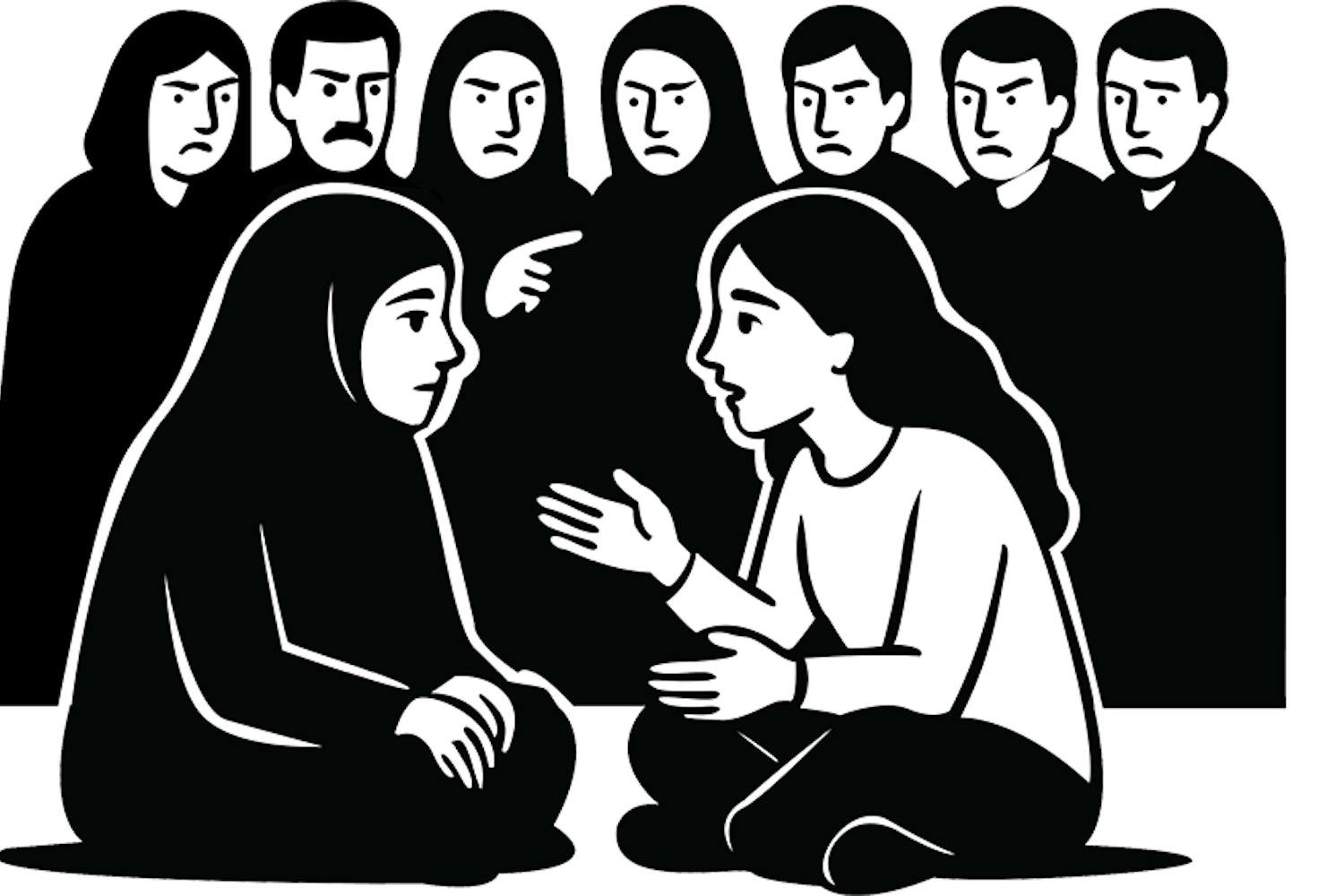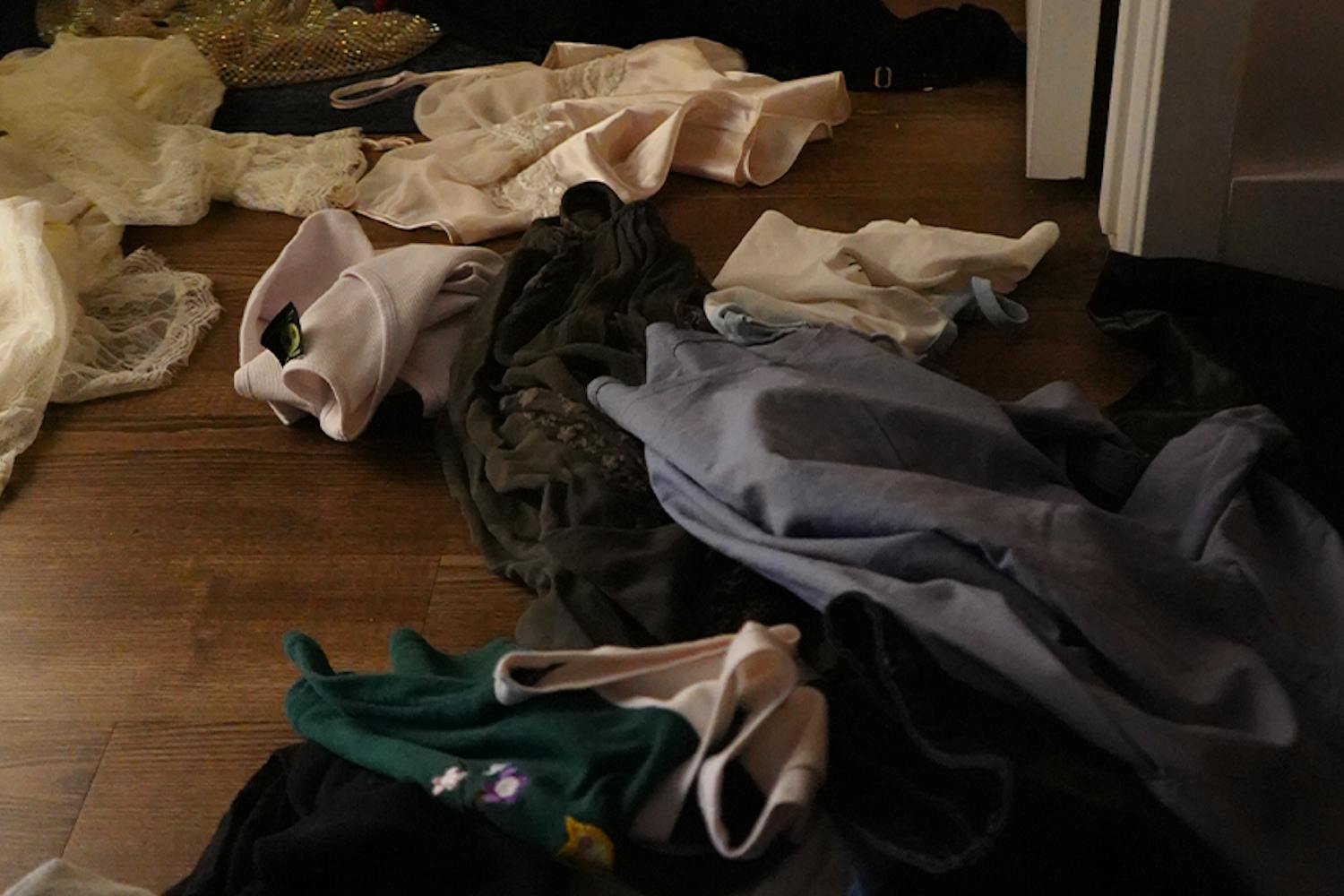::Got Paper? Or Got Too Much Paper? Click here::
Sustainability.
A call to action, a buzz word, or just complete nonsense.
No matter how the word is defined, one thing is for sure: it’s here, and it’s happening now.
With global warming being a hot issue the past few years, many more companies and organizations are trying to do their part in staying green.
With this new push in going green, Arizona State University is doing its part. The school was a pioneer when it started the world’s first School of Sustainability a year ago. The sustainable restaurant, Engrained, opened in the Memorial Union this semester, using recycled materials and removing food trays to cut down on cleaning costs. And ASU has also teamed up with Grist.org, a leading source on news and information concerning sustainability, by sending out newsletters and providing information to students on how they can be a part of this movement.
This green surge that has been happening the past few years has not gone without notice. Princeton Review named ASU as one of the most sustainable colleges in the country, receiving a rating of 99.
But even before this momentum that has carried ASU the past few years, there was still a need for awareness. There was still a need for people to know, and care, about recycling and other ways to live an eco-friendly lifestyle.
Just as ASU has been a pioneer with its message of sustainability to the country, some students have been pioneers in bringing the message of sustainability to ASU.
Humble beginnings
In the spring of 2006, there wasn’t much to be said about going green. The School of Sustainability would not open for another year and there were no tap-dancing cartoon penguins warning people about the effects of global warming.
It was around this time that Terra Ganem, a non-profit leadership and management major, noticed a problem on ASU’s campus — there weren’t enough recycling bins on campus.
“It was really frustrating to me, because I grew up recycling with my grandpa.” Ganem says. “I guess I just had a spark that ignited in me.”
That spark resulted in Ganem going to the student organization resource center and starting a new club: Ready Aware Devoted Recycling, otherwise known as RAD recycling.
The club’s mission is education. Many of their programs involve teaching students how they can get involved with recycling on campus. Though no club like it had existed at the time, Ganem says through promotion at the M.U. she was able to get people to join.
“It was really just word-of-mouth in how we got people involved.” Ganem says.
In January 2007, Ganem formed a sustainability coalition working with a few student organizations. Since her involvement in other areas was starting to take up her time, she decided to hand the presidency of RAD over to Kim Pekar, a sustainability junior.
Today, Pekar says RAD recycling focuses on education. She says ASU is implementing a new recycling program, so the club is trying to work with the school to teach students how easy it is to recycle. One of the ways RAD is hoping to achieve this is to outline recycling methods in ASU 101 classes to show students how they can recycle in the dorms.
“We’re getting out there and getting the word out on what can be recycled.” Pekar says. “We’ll be focusing on education because I’d like people to realize how easy it is to recycle and how much of a necessity it is.”
As for Ganem, recycling got her foot in the door into a world she quickly embraced.
“After I got into recycling, it just kind of snowballed.” Ganem says. “I began learning about everything else that encompasses sustainability.”
Expansion
In the fall of 2007, there was another push for recycling presence, only it was done at a different ASU campus by a different ASU student. Jehnifer Lee Niklas, a senior studying Wildlife Restoration, says she was lobbying for recycling bins at the Polytechnic Campus. Niklas says a faculty member approached her concerning starting a sustainability club at Polytechnic.
“At that time, I had no prior knowledge of stuff going on in Tempe. And it wasn’t long before we did some scouting and we discovered Terra and found out her involvement with RAD,” Niklas says.
After a teleconference phone call and some ideas shared, Niklas says she joined the sustainability coalition.
The coalition lasted for a little more than a year. Then over the summer, Niklas says Ganem invited her to a work group that met semi-weekly forming a new constitution and mission statement.
The result from these workshops was the coalition morphing into a group called Students Act Now for Sustainability, also known as SANS.
SANS is similar to the coalition, but the re-organized group seeks to work with any groups or club at any of ASU’s campuses interested in sustainability.
At the Polytechnic campus, Niklas says the group is working with several groups on campus. Currently, they are working with the nutrition council and the art department to put together a 3-D art sculpture made out of recyclable materials. They are also coordinating with PAB to help green their big events.
SANS also helps these groups in recruiting volunteers and hosting different events at ASU.
Currently, Niklas is the Polytechnic representative while Ganem is the public relations director for SANS.
The challenges of sustainability
Ganem is not only a big advocate for sustainability in her school life, but she also lives it in her daily life as well. She says that, though she is happy to be a part of this movement, it does present challenges.
“I definitely think it’s about determination and perseverance,” Ganem says.
Ganem reuses water bottles, avoids plastic bags, rides her bike to any location within five to ten miles of her and keeps the thermostat “pretty high” during the summer to save on energy costs.
She says that living the lifestyle does take some getting used to. But once she started to get into her routine, she says she felt less dependent on outside resources.
“When you use less, you feel lighter,” Ganem says. “It’s really amazing how much I was using, and maybe didn’t need to be.”
For some students, making the jump to be sustainable has been a more moving experience — literally. Niklas says about three years ago she decided to move to the east side of the Valley to be closer to the Polytechic campus so she could walk or ride her bike to school, virtually eliminating the use of her car.
“The only time I use my car is to visit my mom or friends across town,” Niklas says.
Another area that is sometimes overlooked when discussing sustainability is dieting. Ganem is a vegetarian and says she’s vegan “about 70% of the time.” Even Pekar admits becoming a vegetarian is tough. She has cut out red meat in her diet, but still eats chicken at meals. Ganem says though it’s difficult to be sustainable when consuming meat, she says the more important issue is for people to just be aware of where food comes from.
“You don’t necessarily have to be vegan,” Ganem says. “But you should ask questions. Is it good for me? Is it healthy?”
Ganem’s lifestyle hasn’t gone without criticism. She says she’s had to deal with people who do not necessarily agree with her beliefs and she has been faced with resistance from some people who say to her that these efforts are pointless. Ganem says she usually just tries to explain to them what she believes.
“I just try to make it fun and give them facts,” Ganem says. “It’s a process.”
The next step?
Ganem says after she graduates, she wants to continue being involved with sustainability. One of the areas she’s most interested in is helping plan bio regional communities.
The idea of a bio regional community is for each community to play off of the strengths of their different climate and atmosphere to best serve the community. For example, Arizona would be considered a desert region. It would play off of its best strengths in terms of growing food and raising farm animals that caus the least amount of harm to the land. Other bioregions such as a forest region could sustain different crops to grow, for example. Then these regions could work together using trade. Ganem says this system keeps communities more localized and strives to make local areas do the least amount of harm to the earth.
“If you live off the land, you’re very considerate of your surroundings,” Ganem says.
Getting Involved
One of the first major green events being held on campus is on Oct. 22nd, called Campus Sustainability Day. Ganem says it’s a day where all the student organizations come together on Hayden Lawn with businesses such as Whole Foods to motivate students to get more involved with sustainability in their lifestyle. There will also be a vegan chef giving cooking demonstrations.
“It’s just a day to get students motivated and to give them more information on how to put [sustainability] in their own lives.” Ganem says.
One of the key messages that Niklas says concerning sustainability is for students to get involved any way that they can.
“Get plugged into an active group like SANS, or try to find something of equal stature,” Niklas says. “It’s the best way to learn as a day-to-day mechanism and how their lives impact the world we all live in.”
As far as how difficult it is to get involved, Pekar says it’s not difficult at all.
“Little things are so easy to do,” Pekar says. “If people realized how easy it is, then they would start being more into it.”
Reflecting on her experiences, including the formation of RAD recycling and continuing to look to the future as to how people can be more protective and conscious of their consumption, there is one word that comes to mind: overwhelming.
“It’s been exciting, emotional, and frustrating, but it’s been amazing to see the progression that people are making and the way that they’re accepting this concept into their lives,” Ganem says. “It really gives you faith in people to understand and take ownership of the future.”
As for people who are interested in getting involved, Ganem says there is one fundamental thing to remember if one chooses to be sustainable.
“The most important thing is it starts with one.”
Reach the reporter at gralbovs@asu.edu.




